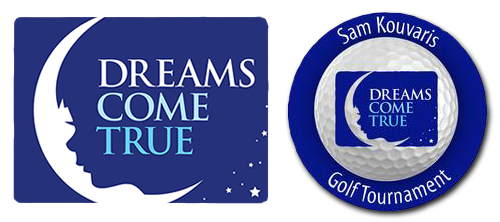Caldwell Takes Jack: “Risk To Be Great”
I ran into Atlanta Falcons General Manager Thomas Dimitrioff last year at the NFL owners meeting walking down a hallway to dinner.
“Hey, I work with Dave Caldwell a lot and he said he learned a lot from you,” I said as we shook hands.
“Be careful,” he responded, “He’s really smart.”
Smart. And measured, and knows how the game is played.
While not making a big offer to Josh Norman last week drew some criticism, in retrospect, it was the right move. Sitting and waiting at number five in the first round, the scenario played out so Jalen Ramsey, the player the Jaguars had rated as the best in the draft, fell right to them.
On Thursday, Caldwell and the Jaguars personnel staff had UCLA linebacker Myles Jack listed as the third best defensive player in the draft. With teams shying away from his knee issue and rumors swirling, Jack started to slide down the draft board, into the bottom third of the picks. The Jaguars GM tried to move back into the first round to take Jack, but didn’t want to part with the price: a second and fourth round pick this year.
So, he waited. Smartly.
And then there was some talk in the afternoon of day two of the NFL Draft that if Jack was there with the 38th pick, the Jaguars would take the risk and pick him.
Working the phones and his contacts, Caldwell determined Jack wouldn’t last that long so he started to deal and found a willing partner in the Baltimore Ravens. Instead of a 4th rounder to get back into the first round, Caldwell was willing to part with a 5th rounder to move up a couple of spots and selected Jack with the 36th pick overall.
So from speculation that the Jaguars might take Jack over Ramsey at number five, they end up with both players. How often does a team get two of the top three players on their board in the same draft? Never is the answer.
“Somebody had to believe in me, and I had a feeling it was going to be Jacksonville,” Jack said by phone after his selection. “I knew after my workout for the Jaguars that they’d take me in the second round. I really love coach Bradley. … He earned my trust on that first visit.”
It was a long period of study for Head Coach Gus Bradley when it came to Myles Jack. He wanted to know about his physical ability but also needed information about Jack’s personality, especially if he had to go through another long rehab.
“We’ve had conversations about Myles Jack for many months now, just really intrigued by his skill set and how he plays the game,” Gus explained.”
“It helped that our scouts had a great idea about who he was, Dave, the analysis of the tape, but also (UCLA Head Coach) Jim Mora. I coached with Coach Mora, was with him at Seattle, so I had many conversations with him about the impact he (Myles Jack) had and the type of person he was and type of player he was. Just really excited about having Myles be there for us.”
Perhaps to prove a point, Jack posted a video of him dunking a basketball on his Twitter account today, throwing it down with ease as if to say, “What knee?”
No question it’s a calculated risk for Caldwell and the Jaguars but when asked about the possibility of Jack not working out, Caldwell didn’t flinch.
“We want to be great and to be great sometimes you have to take risks,” he said flatly.
So when the Jaguars take the field in Week One they could have “three first round picks” starting on defense: Ramsey, Fowler and Jack. Add Gipson and Jackson, Marks coming back, Odrick, Amukamara, Smith, Cyp and Poz and all of the sudden the Jaguars defense looks legitimate.
No question that word “potential” will be thrown around a lot when the talk turns to the Jags defense but Bradley thinks the right kind of player are joining the squad.
“These guys that we’re bringing in, too, the mindset, I really like that part of them, how competitive they are. They’re just going to be, that’s one of the things when I talked to Jalen (Ramsey), he said he could feel it just in talking to our guys and when he was here. I think our guys trust that we’re going to bring in guys with like mindsets.”


